The most conventional dehumidifier draining method is to remove the bucket and pour the water into the drain. But this method can be a hassle. So, to avoid this hassle, using a condensate pump sounds like a good idea. That's why we researched how to use one with a dehumidifier, and here is what we discovered.
If your model comes with an internal condensate pump, all you have to do is attach a hose to the pump outlet drain and route the water outside to a drain that leads to the sewer. Additionally, you can add an external condensate pump for the same function and pumping mechanism if your model doesn't come with one.
Switch on the condensate pump and the dehumidifier. The pump's float sensor won't start pumping until the water has risen to a specific level.
Continue reading to know how to install a condensate pump to a dehumidifier and where to drain it. We'll also discuss the difference between a dehumidifier with and without a condensate pump. Additionally, we'll give you some tips when using a dehumidifier with a condensate pump and how to maintain your dehumidifier.
When Should You Use A Dehumidifier With A Condensate Pump?
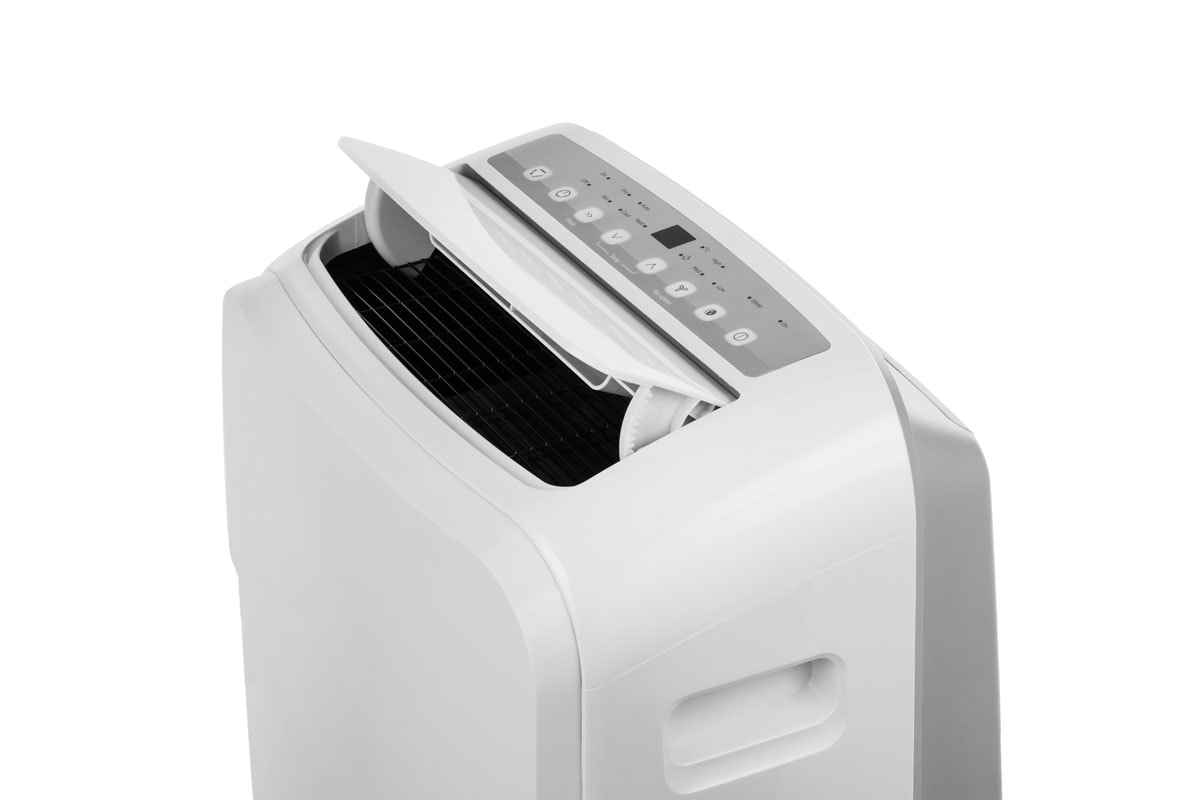
Most homeowners invest in dehumidifiers without pumps. But in some cases, you might need to buy a dehumidifier with a pump if:
- You need to pump the gathered water upwards because you are operating a dehumidifier in the basement.
- The area you're living in has high humidity and needs daily dehumidification.
- You are not always present to drain the condensate from your dehumidifier.
How Do You Install An External Condensate Pump In A Dehumidifier?
You can install a reasonably priced external condensate pump to an existing dehumidifier if it lacks an internal pump.
Condensate pump installation instructions might vary from brand to brand and from model to model. To find out whether the manufacturer provides particular instructions, you should read the setup instructions.
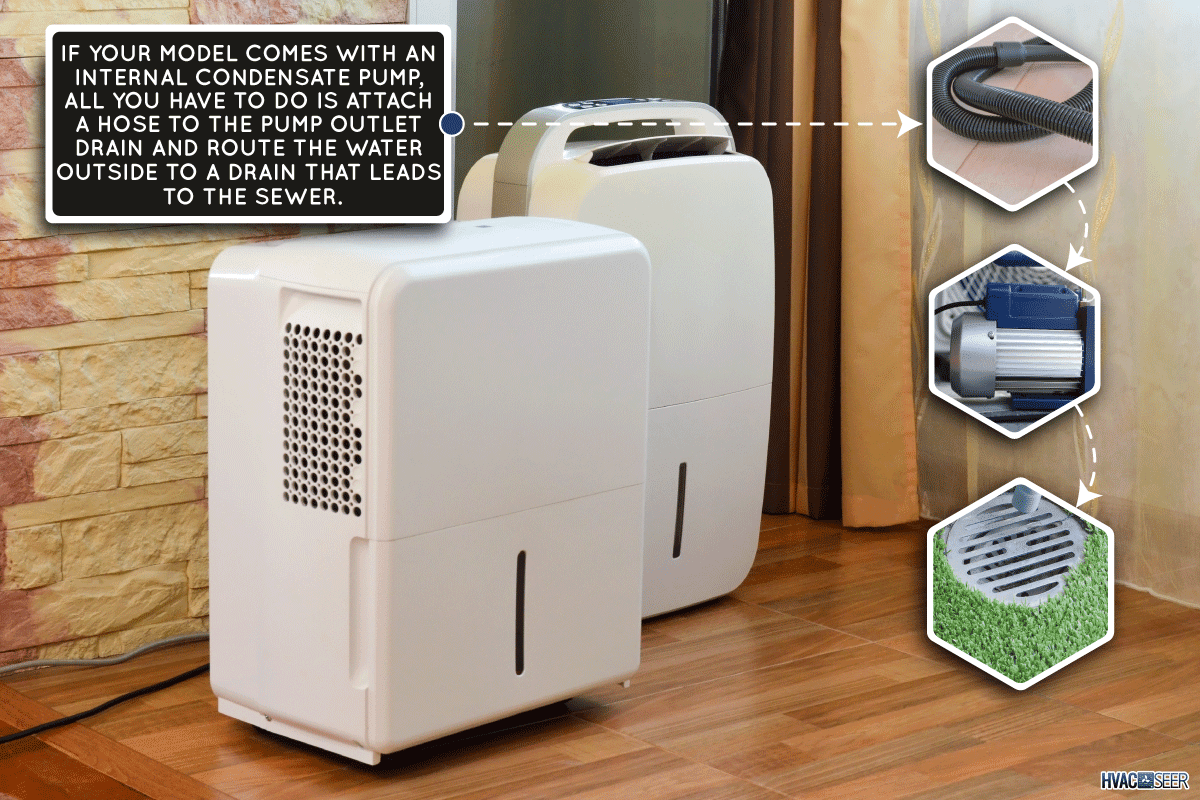
However, if no guides are provided, then you can follow these easy steps:
- Place one end of the hose into the opening near the top of the pump.
- Then connect the other end to the drain port on the back of the dehumidifier. For water to enter the pump without difficulty, the opposite end must fit correctly.
- Wherever you wish to drain the water, attach another hose from your pump to that location.
- For the water originating from both sources to congregate in one location, cut a segment of this tubing and attach a T-fitting.
- Start both devices, then check out your latest condensate pump. If necessary, add water to the tube to ensure that everything is working properly.
Click here for this product on Amazon.
Where Are The Best Places To Drain The Water Pumped From Your Dehumidifier?
It is best to connect the hose to the closest floor drain or near an AC with tubes sticking out of it.
Although you can use any suitable location to direct the pumped condensate:
- a sink,
- a laundry tray drain,
- a window,
- or another drain.
Tips When Using An External Condensate Pump
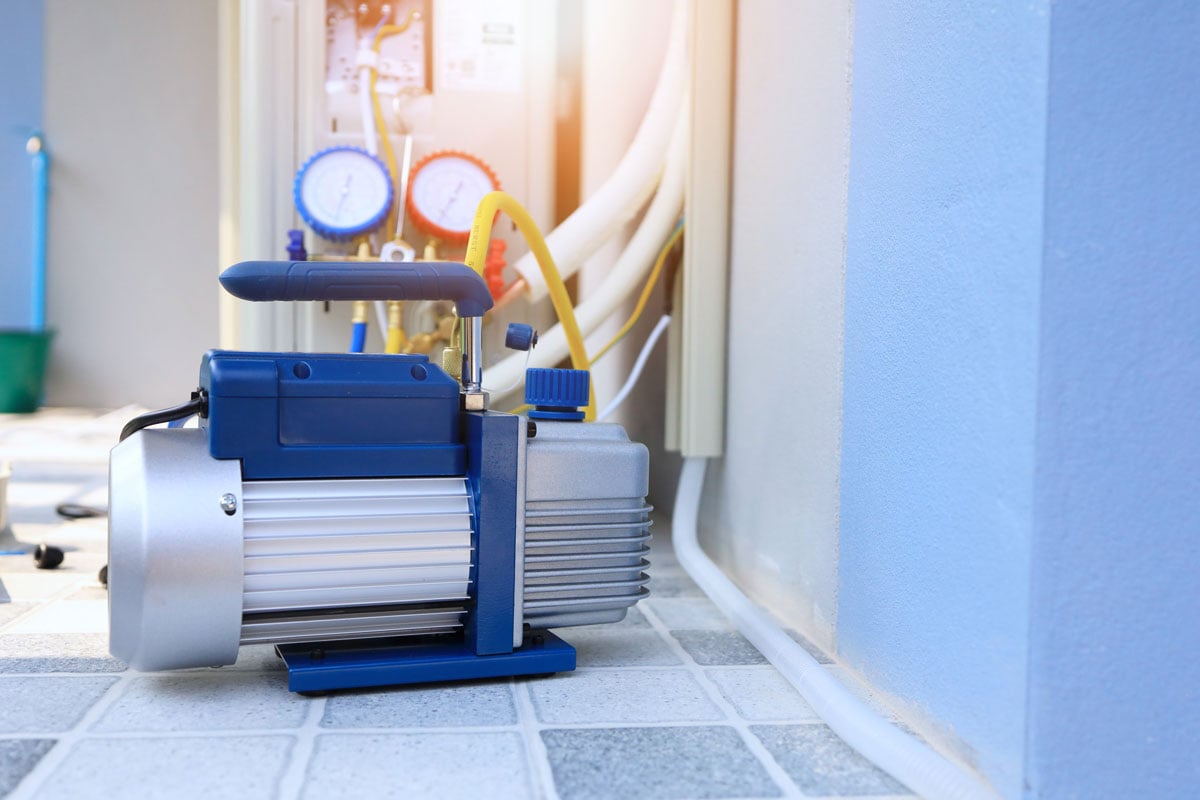
Here are some tips you can follow to ensure that your condensate pump works well with your dehumidifier:
- Ensure that your dehumidifier is elevated so that the water will drain to the pump through gravity.
- You will need to run a pipe to transfer the liquid up and out of your unit if it is located low in a basement without a pump pit. In this situation, make sure the condensate pump you select has a lift rating that is appropriate for the task at hand.
- You'll want separate outlets for the condensate pump and dehumidifier. Each appliance typically runs on 115 or 230 volts, so ensure that your power source for each is sufficient.
- Drill a hole large enough to fit a hose suitable for both in the dehumidifier collection pail. For a leak-free connection between the hose and the collection bucket, use the appropriate fittings, tape, and/or silicone.
What Are Some Things To Watch Out For When Choosing A Condensate Pump For Your Needs?

If you want to choose the best condensate pump for you, you must keep these things in mind:
First, determine if there are any local ordinances specifying where and/or how you can dispose of condensate. You'll want to adhere to any of these rules when selecting a pump.
Next, consider the pump's specifications such as:
- lift rating
- condensate output
- voltage
- featured leak-alert system
Your installation location and method will depend on the pump's specifications. You'll want to ensure proper installation height, whether 115V, 230V, or 460V are required to power the pump, and if you'll also need an auxiliary switch backup system for the event of an overflow issue.
What Are The Differences Between Dehumidifiers Without A Pump And With A Pump?
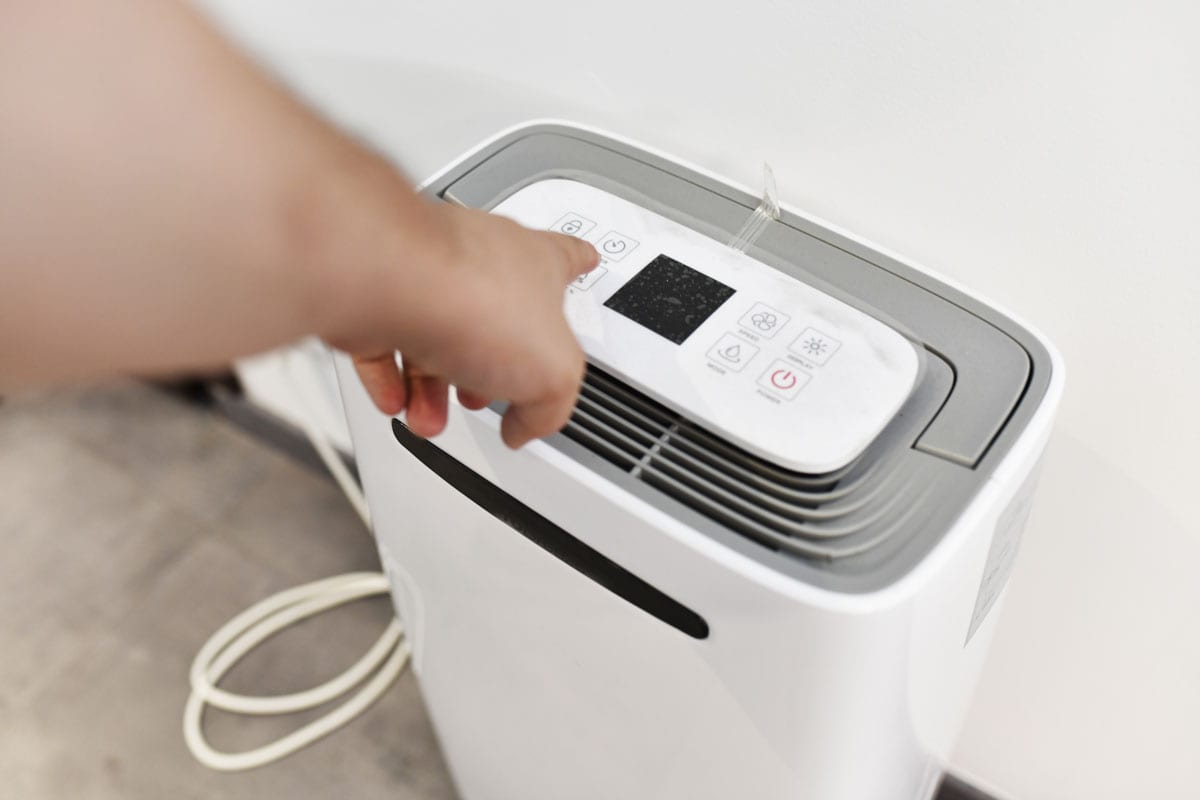
To show you the differences between use with or without a pump, you can refer to the table below:
With Pump |
Without Pump |
|
|
How Long Is The Hose Of A Dehumidifier With An Internal Condensate Pump?
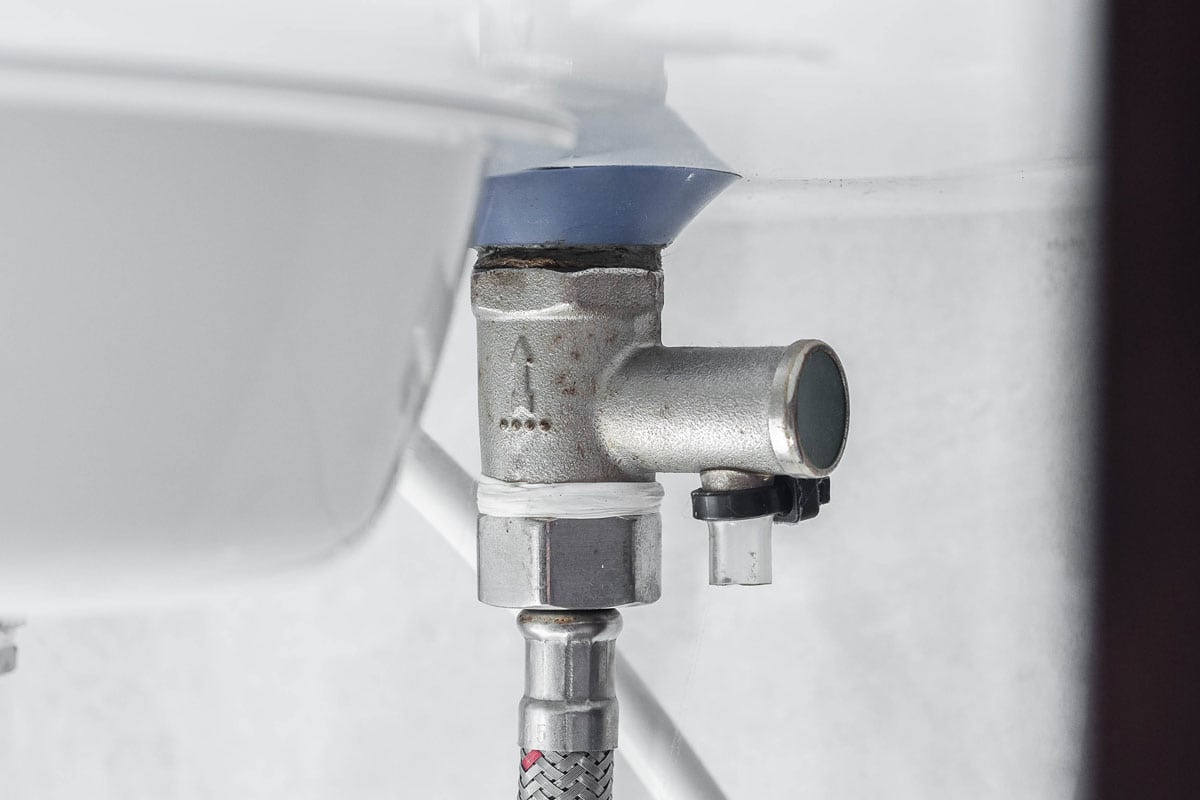
Most dehumidifiers with pumps come with drain hoses that measure 15-16 feet in length. Hose length should not exceed what is necessary to drain properly, but you can extend it. Consult the pump owner's manual for hose length limits.
One simple method to add length is by using a garden hose. You can attach the garden hose directly to the dehumidifier.
How To Maintain Your Dehumidifier
Here are some maintenance tips you can follow to ensure that your dehumidifier will last long:
- The first thing to do is to refer to the manufacturer's manual. Some brands require some specific maintenance steps so be sure to check them out.
- To guarantee appropriate air intake and exhaust, position the device at least 6 to 12 inches away from furniture and walls.
- Ensure that the air intake of your dehumidifier is unobstructed and level.
- Ensure that all of the windows and doors in the space where your dehumidifier is running are shut tightly. If not, your dehumidifier may run continuously to remove moisture from the air that seeps into the treated space. Energy bills could go up as a result of this.
- If you're using a dehumidifier in a hostile environment, think about a specific dehumidifier made for those areas since dehumidifiers also perform best in rooms that are at 65 ºF and higher.
- To keep your dehumidifier operating at its best, you should swap out the air filter as directed by the manufacturer.
- Keep an eye on the water tank of your dehumidifier and remove any accumulated junk. Even if it appears clean, give it a once-over with soapy water and water, and make sure it dries completely before using it again.
- Keep the control panel dry. Anytime it needs cleaning, just use a cloth.
- Don't instantly restart your dehumidifier after turning it off. Before restarting the dehumidifier, wait at least 10 minutes. The passing of time will allow the system's pressure to equalize and safeguard the compressor from harm.
- Use a vacuum brush attachment to clean the grilles that take in humid air and emit dehumidified air once every season or more frequently, depending on how well they are maintained.
- It's crucial to routinely check the evaporator coils of your dehumidifier because they might become clogged with ice if the temperature drops below 60 ºF.
In Closing
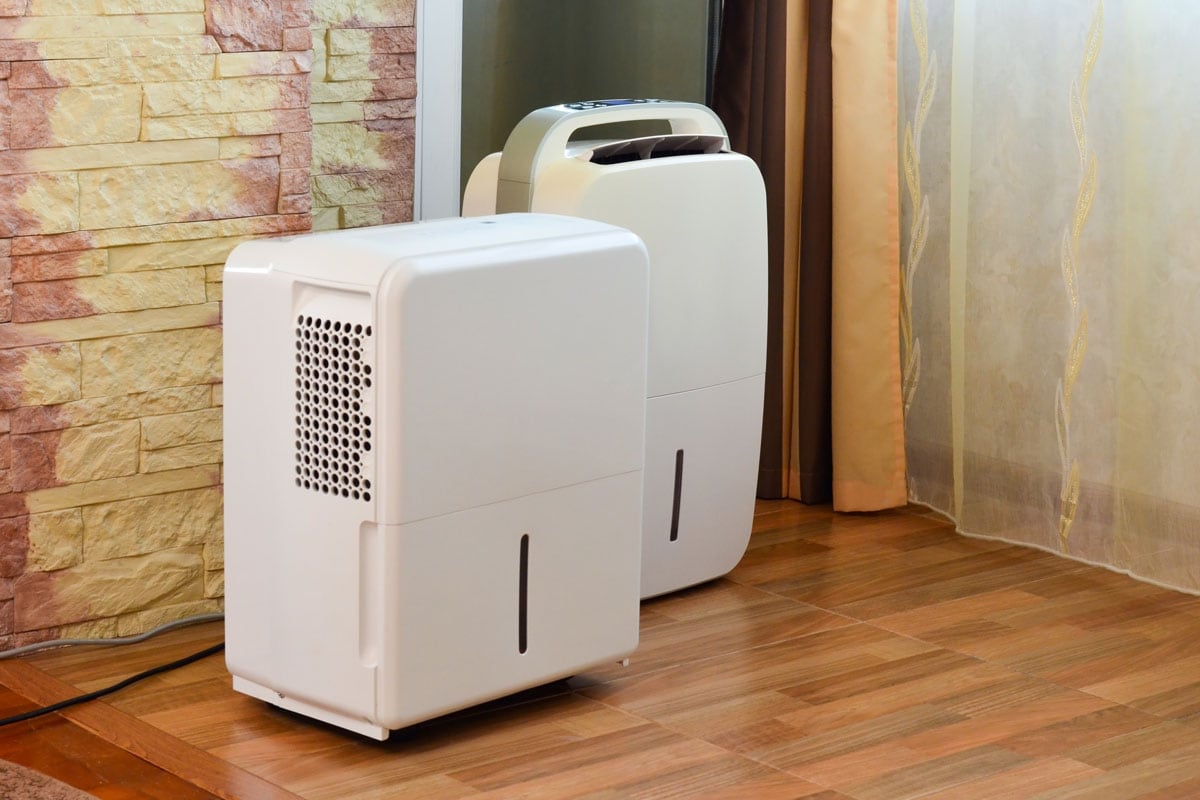
Dehumidifiers with condensate pumps are perfect for you if you don't want the hassle of draining your device oftentimes. You can choose to buy one with a built-in pump, or you can add a condensate pump if your existing unit doesn't have a pump.
To use it, simply attach the hose to the pump's drain outlet and direct it to where you want to drain the water.
Before you go, you can check out our other posts here:

